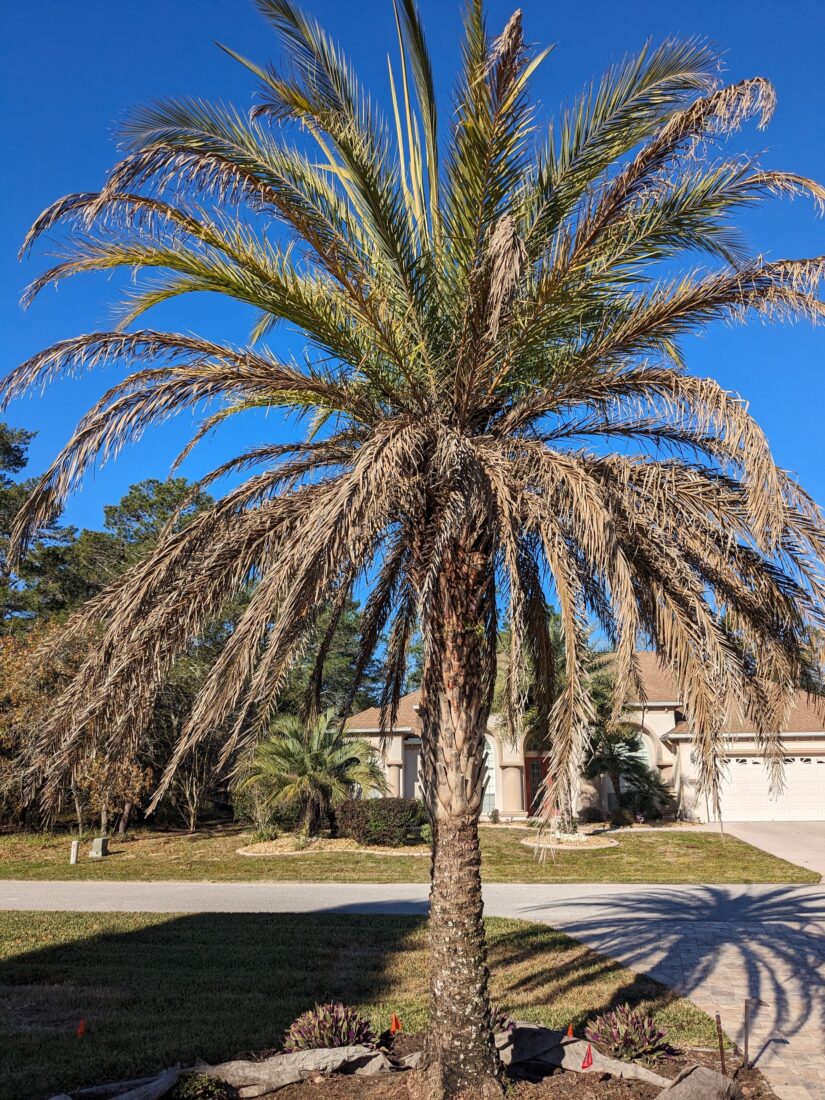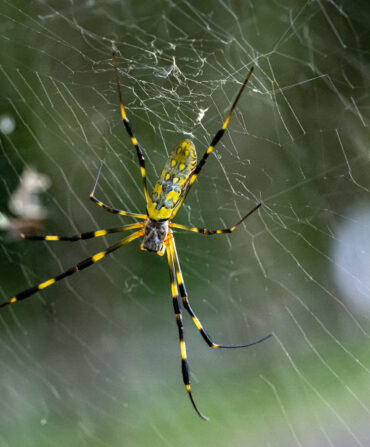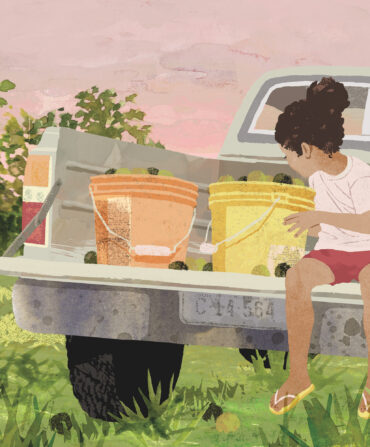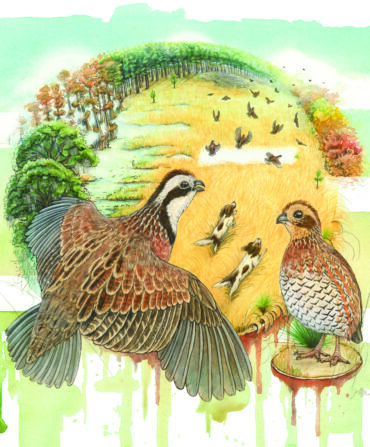A lawn-care expert took one look at the sickly, brown fronds on Steve Cates’s thirty-foot Sylvester palms in his front yard in Florida’s Citrus County and delivered the bad news: Cates’s trees had a textbook case of lethal bronzing disease and needed to be removed as soon as possible. After confirming the diagnosis with his local Extension office, the retiree from Ohio will pay upwards of $3,600 to extricate and replace the pair of prized palms, as well as a Canary Island date palm that also tested positive.

Lethal bronzing disease, once confined to the Caribbean, arrived in Florida less than two decades ago and has since spread swiftly through the state, decimating thousands of palm trees, both native and nonnative species alike. The insidious illness is caused by a bacteria transmitted by an invasive insect known as the sap-sucking leafhopper, which may have blown to Florida during a hurricane. Four to five months after infection, the fronds of a diseased tree begin to brown, starting from the bottom and moving up. Its fruit blackens and drops. Once a palm shows symptoms, the disease is irreversible.
But University of Florida researcher Brian Bahder, the lead scientist studying the illness, might be on to a solution: He and fellow scientists have found that infected palms emit a distinct odor, a discovery made possible by an “electronic nose,” a machine that uses sensors to identify the chemicals that plants release into the air. Bahder thinks this smell may be a signal to nearby trees to mount their defenses. One of his newest experiments is to spread this chemical through stands of palm trees in South Florida as a false alarm to see if local infections decrease. If successful, this could be a cheap, environmentally friendly solution that homeowners, landscapers, and nursery owners can use to protect their palms.
The stakes are high. Bahder considers lethal bronzing disease the most serious health threat to Florida palms—he has yet to identify a species of palm tree resistant to the disease. Phoenix palms, a nonnative group that includes Sylvester and Canary Island date palms, and the cabbage or sabal palm—Florida’s native state tree—are particularly vulnerable. So far, Bahder has documented the disease in twenty-one species of palm trees in Florida and thirty-seven of the state’s sixty-seven counties. “At this point,” he says, “I’ve resolved myself to the fact that it’s probably in every county.”
While rare in the Florida wilds, the disease can run rampant through ornamental landscapes and knock out rows of urban palms lining roadways, which Bahder describes as an “all-you-can-eat buffet” for sap-sucking leafhoppers. He has seen the infection extinguish entire plots of palms in nurseries, in some cases, to the tune of $4 million in losses. Bahder estimates the economic blow to the state figures in the hundreds of millions of dollars. “It’s almost everywhere,” he says. “We’re kind of creating our own problem by putting susceptible species in the line of fire.”
The bacteria that cause lethal bronzing can’t be grown in a lab, making the disease difficult to study. Bahder says that it could take two to four years to determine whether his chemical experiment is successful. He also plans to expose a variety of palm species to infected leafhoppers in a greenhouse in hopes of finding a tree that can withstand the disease. If he can identify a resistant native species, it could take the place of vulnerable cabbage palms in ornamental landscapes.
In the meantime, Fort Lauderdale-based arborist Jimi LeGette recommends that homeowners keep palm trees’ immune systems strong by regular maintenance, feeding, and not over-pruning fronds. It is possible to treat trees with preventative antibiotics (Cates plans to inoculate his remaining, healthy palms every ninety days for the next two years to stave off infection). If palm fronds begin to brown, consult a local Extension office about testing the tree for lethal bronzing. Infected trees should be removed immediately to prevent the disease from spreading.
If you’re planning a landscape, consider choosing alternatives to Phoenix and cabbage palms, LeGette says. For existing palms, work with an arborist to implement preventative antibiotic treatments. “Keep them happy, keep them well fed,” she says. “Be intelligent with your garden.”








